Explore Panna in Comfort: Curated Luxury Jungle Escapes
Overview: Explore the wild beauty of Panna National Park while staying in some of Central India’s most enchanting
Traveling to India, particularly to the rural heartland where the wilderness thrives, can be both an exciting and overwhelming experience. However, with the right guidance and preparation, a tiger safari in India is highly accessible, safe, and offers a wide range of options, from budget-friendly to luxurious. At Indopacific Holidays, we have compiled a list of 10 essential questions you need to address before you embark on your tiger safari adventure in India.
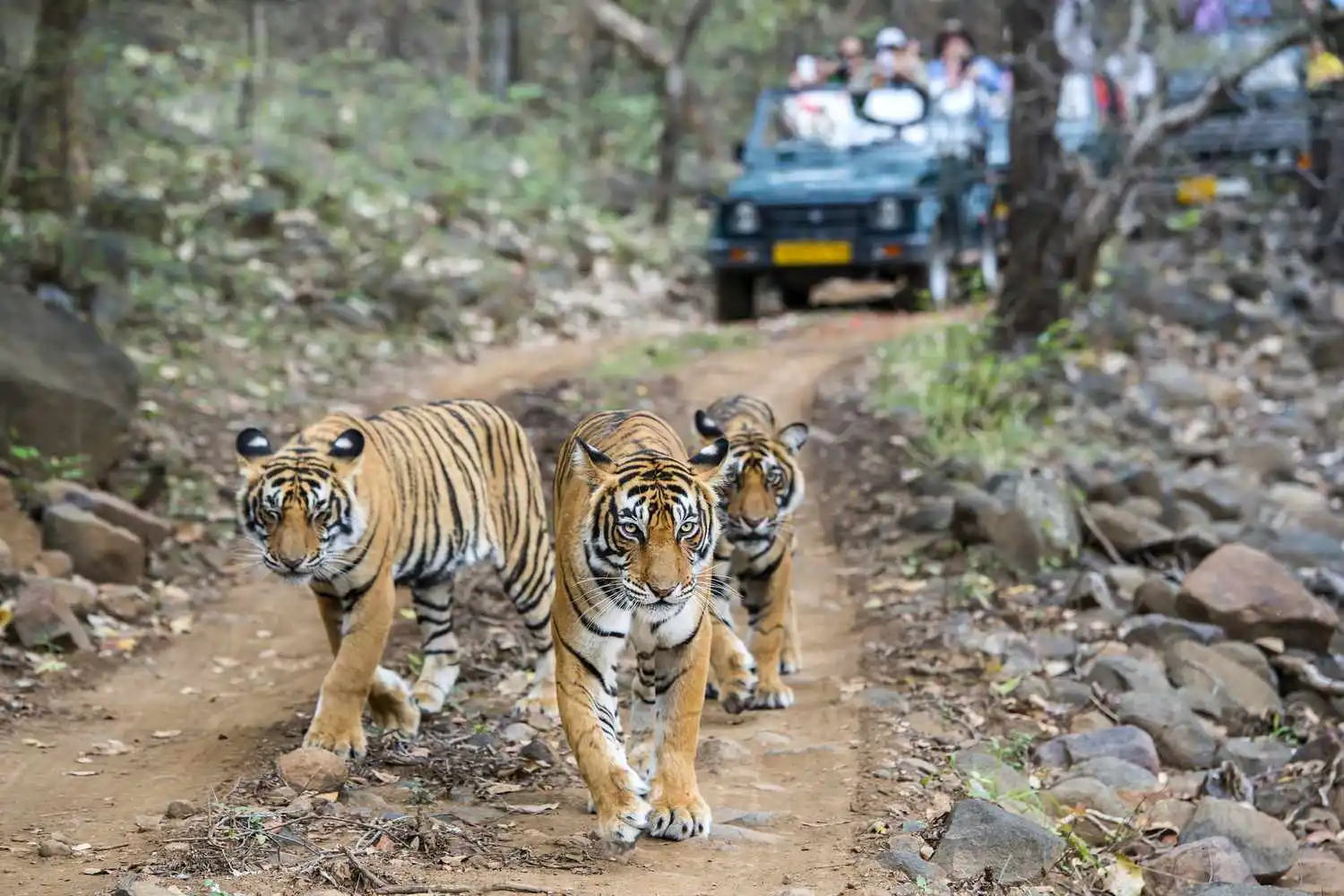
India is home to several national parks and tiger reserves, each offering a unique experience when it comes to spotting tigers. While sightings of tigers are always a matter of chance, certain parks have a higher likelihood due to their terrain and frequent visits by safari vehicles. The best parks for tiger sightings are:
– Bandhavgarh National Park: Known for its high tiger density, this park is one of the most famous spots for tiger sightings.
– Tadoba National Park: This park in Maharashtra is renowned for its rich wildlife and tiger population.
– Ranthambore National Park: A popular destination in Rajasthan, offering an excellent chance to see tigers in their natural habitat.
– Kanha National Park: A well-preserved park offering a scenic landscape and a healthy tiger population.
– Pench National Park: Known for its diverse flora and fauna, this park is a great spot to catch a glimpse of tigers in the wild.
The best season for tiger sightings varies depending on the time of year. National parks in India are open from October to June, with a monsoon break from July to September. Each season offers a unique experience:
– October & November: The jungles are lush and green, and the temperatures are pleasant, making it an ideal time for a safari.
– December to February: This is the winter season, where the golden light shining through the morning mist offers picturesque views. Be prepared for colder weather, as temperatures can drop to near 0°C.
– March to June: The hot summer months increase the chances of tiger sightings, as tigers are often seen around water bodies to quench their thirst. The dry conditions make it easier to spot wildlife.
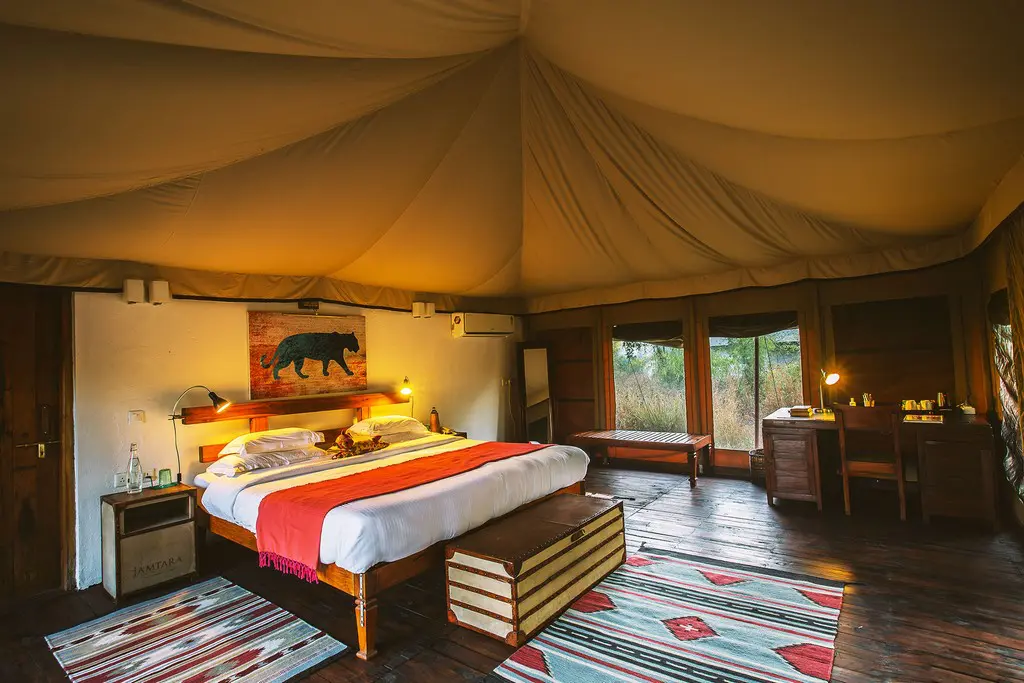
A tiger safari in India is an unforgettable experience, and the cost can vary based on accommodation preferences and the duration of your stay. National parks in India offer a range of options from homestays to luxurious lodges.
– 3-Star Lodges: A 12-night, 13-day safari in 3-star accommodations can cost approximately USD 4,000 per couple.
– 4-Star Lodges: For a more comfortable experience, the cost for the same duration is around USD 5,500 per couple.
– 5-Star Lodges: For a luxurious experience, expect to pay approximately USD 10,000 per couple for the 12-night safari.
Indopacific Holidays also offers customizable packages for solo travelers, groups, and those seeking a more luxurious safari experience.
Safari permits in India are limited, and securing one in advance is crucial to ensure a smooth experience. Ideally, you should plan and confirm your safari at least 4 to 6 months in advance to avoid last-minute hassles. At Indopacific Holidays, we recommend booking early, as additional safari permits can be difficult to arrange close to your travel dates. Planning ahead will also give you ample time to prepare for your safari and choose the best itinerary.
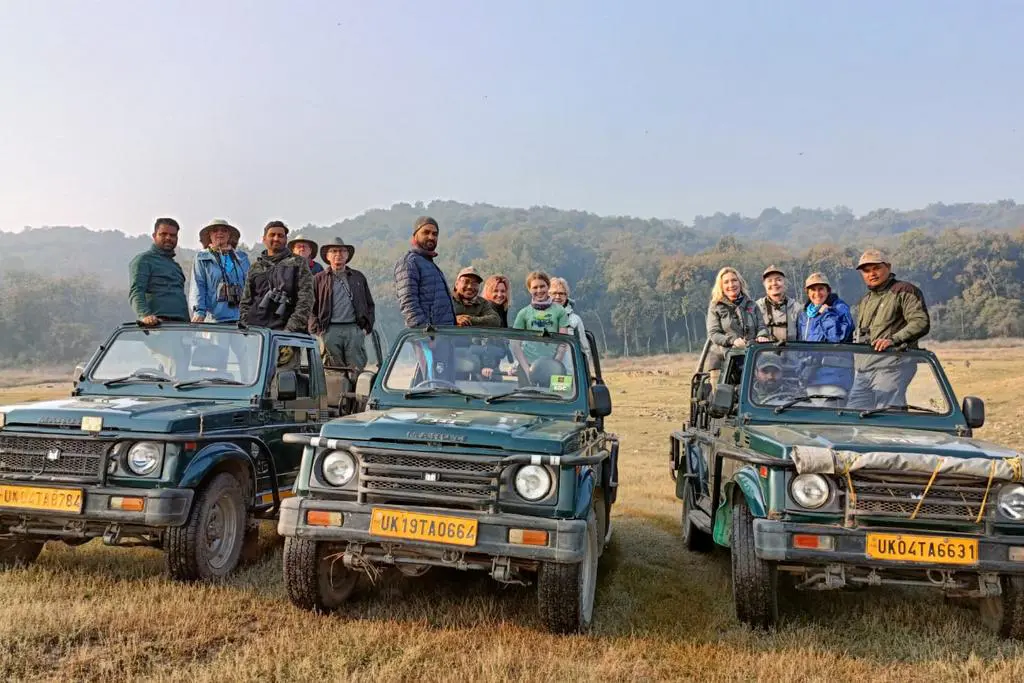
Safety is always a priority when planning a safari, and India is no exception. At Indopacific Holidays, we ensure that safety measures are strictly adhered to, both on and off the safari. Here are a few guidelines to ensure your safety:
– On Safari: Listen to the guides, drivers, and naturalists, as they are trained to handle various situations. Forest check-posts are accessible for emergencies, and animals tend to avoid safari vehicles, ensuring minimal risk.
– At the Lodge: Lodges in tiger reserves often have wildlife roaming around, so it’s important to stay vigilant. Avoid wandering at night, and keep doors and windows closed to prevent entry by any wildlife. It’s also advisable not to carry food items into your room, as they can attract animals.
Safari vehicles in India are typically open-air 4×4 jeeps, which allow for an immersive experience. These vehicles can accommodate up to six people, along with the guide and driver. At Indopacific Holidays, we recommend booking a private safari to enjoy a more personalized experience and better opportunities for wildlife sightings.
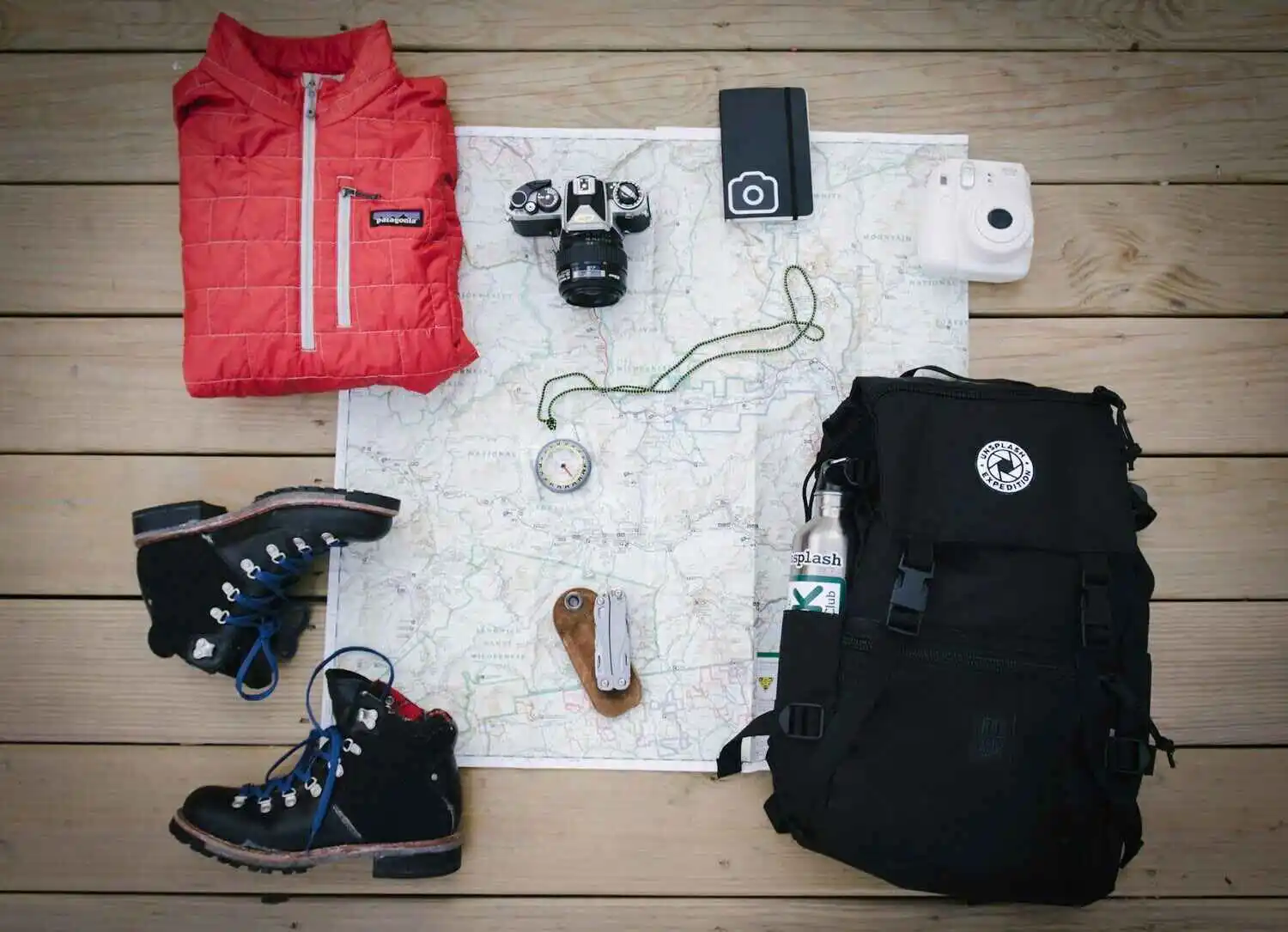
It’s important to be well-prepared for your safari. Here’s a list of essential items to carry:
– Identification: International travelers need to bring their passports, while Indian travelers can carry their passports, Aadhaar cards, or voter IDs.
– Food & Water: Most lodges will provide bottled water and a packed breakfast for your safari. Confirm these arrangements with your lodge or agent beforehand.
– Clothing: Light, comfortable clothing that blends with the environment is advisable. Avoid bright colors, as they can disturb wildlife.
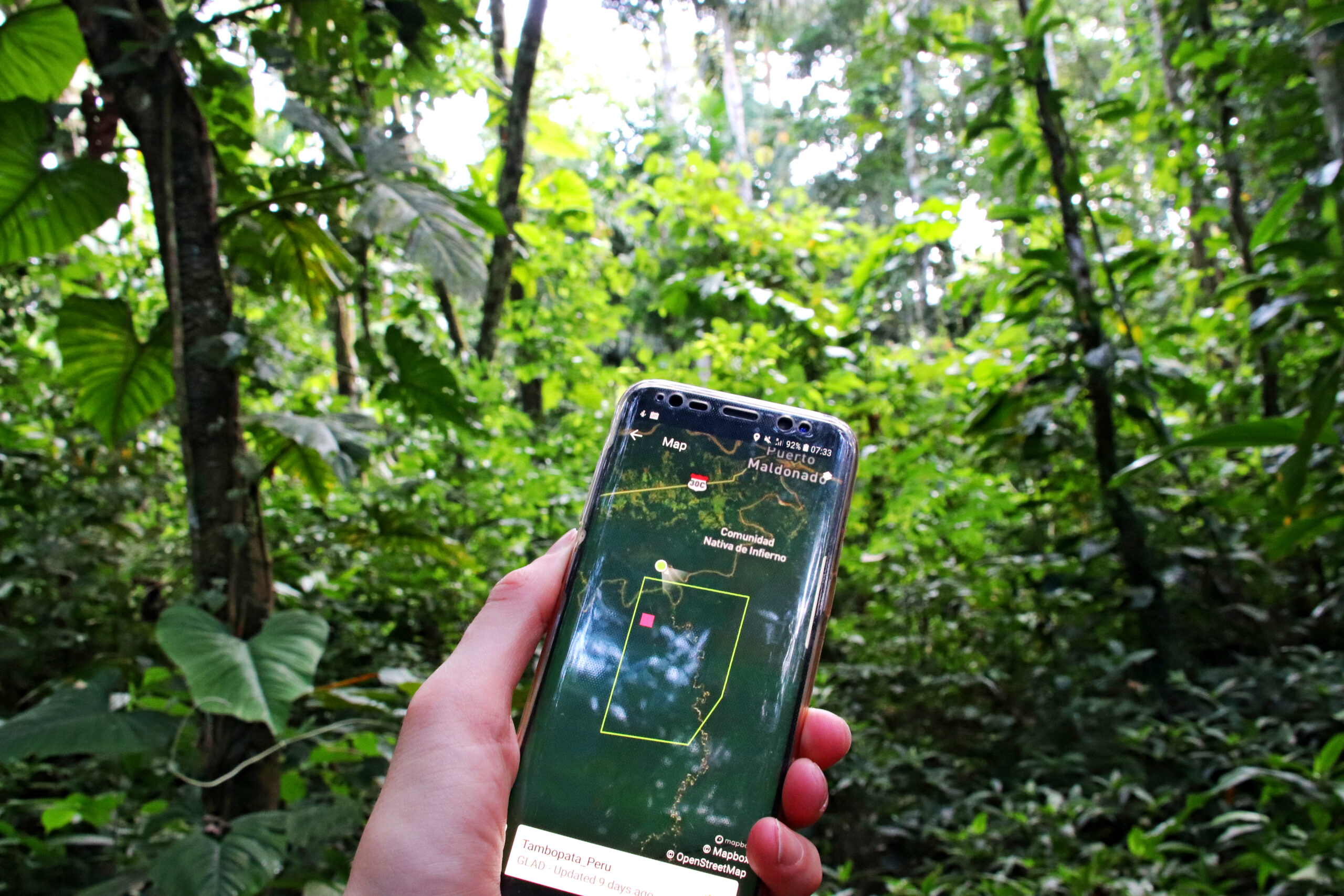
In the rural wilderness of India, cellular networks and Wi-Fi are often limited. While some wildlife resorts may offer slow Wi-Fi, it’s best to prepare for minimal connectivity. However, lodge staff are usually willing to assist you in case of emergencies or important communications. Disconnecting from the digital world can also enhance the overall safari experience.
Typically, safaris are divided into two sessions:
– Morning Safari: From dawn until around 11 AM.
– Afternoon Safari: From 3 PM until dusk.
In some parks, there is also the option for a full-day safari, which allows you to stay inside the park from dawn to dusk. This special photographer’s permit gives you unrestricted access to the park, allowing for an in-depth experience. Although more expensive, it’s a great choice for avid wildlife photographers.
Washroom facilities inside the park are limited, and may not always be well-maintained. It’s best to use the washroom at your lodge before heading out for a safari. Some parks have washrooms at the entrance or along designated areas, but they can be basic. Always carry toilet paper, hand sanitizer, or wet wipes for convenience, as they may not be provided.
In conclusion, a tiger safari in India with Indopacific Holidays promises an enriching experience. Whether you’re on a budget or seeking luxury, we ensure that your journey is well-planned and memorable. With over 30 years of expertise, we take care of all the details, so you can focus on enjoying your adventure and connecting with nature. Start planning your safari today, and get ready for an unforgettable experience in the wild!
Have questions or ready to plan your adventure? Contact us today and our team will help you craft the perfect wildlife experience.